# Prompt Optimization Guide for AI Systems

---
## Article Overview

- **Preface**
- **Intent Recognition Optimization** — strategies to capture user needs accurately
- **Context Information Optimization** — delivering precise background knowledge to resolve ambiguous intent
- **Instruction Execution Optimization**
- **Model Capability Activation Optimization** — unleashing the full potential of large models
- **Prompt Structure Optimization** — building clear, efficient, and stable frameworks
---
## Data Assurance
Ensuring **data integrity**, **consistency**, and **relevance** is the foundation of AI model optimization.
- **High-quality, domain-specific datasets** → support intent recognition
- **Robust data cleaning & preprocessing** → prevent noise and ambiguity
---
In **AI-driven customer service**, improvements in intent recognition and context handling lead to higher **accuracy** and **user satisfaction**. Activating latent capabilities using structured prompts ensures **stability** and **responsiveness**.
Creators building multi-platform AI workflows can explore [AiToEarn官网](https://aitoearn.ai/) — an open-source ecosystem integrating AI generation, publishing, analytics, and model ranking. Supported platforms include Douyin, Kwai, WeChat, Bilibili, Xiaohongshu, Facebook, Instagram, LinkedIn, Threads, YouTube, Pinterest, and X (Twitter).
---
## 1. Introduction
In practice, **prompt adjustments** may fail or cause "runaway" outputs.
This guide shares real-world experience from the **QuNar flight pre-sales customer service** project.
**Use case**:
The flight pre-sales service answers questions before booking: schedules, ticket rules, services.
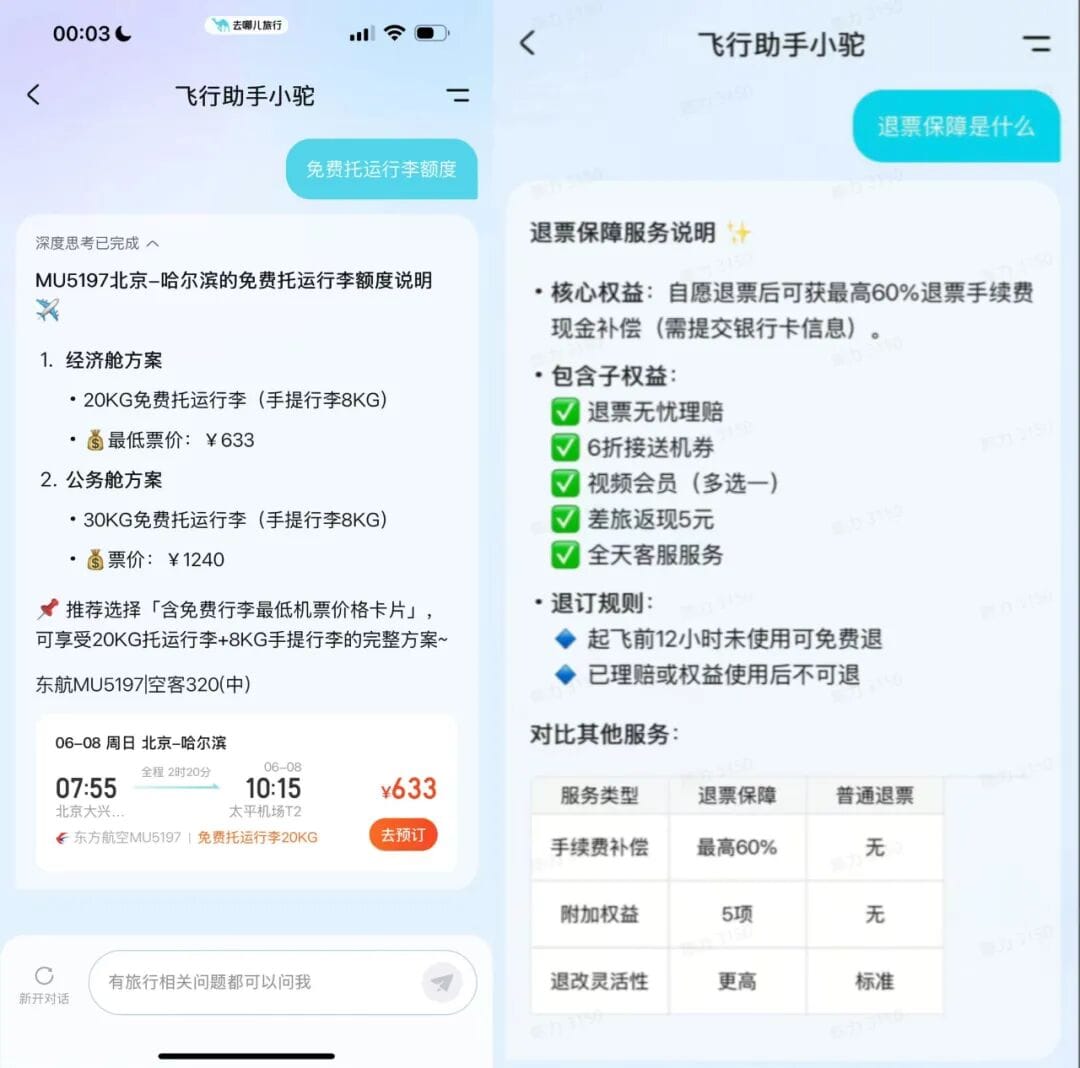
---
### 1.1 Common Issues & Countermeasures
#### **A. Model-level issues & strategies**
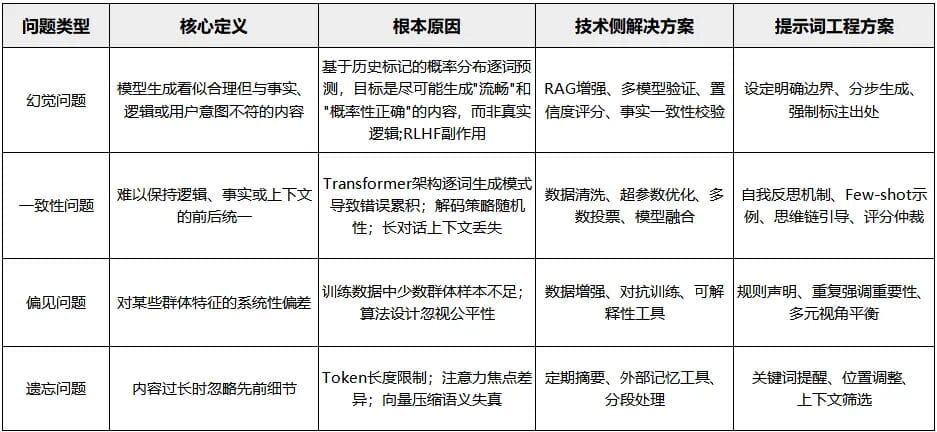
#### **B. Prompt-level issues & solutions**
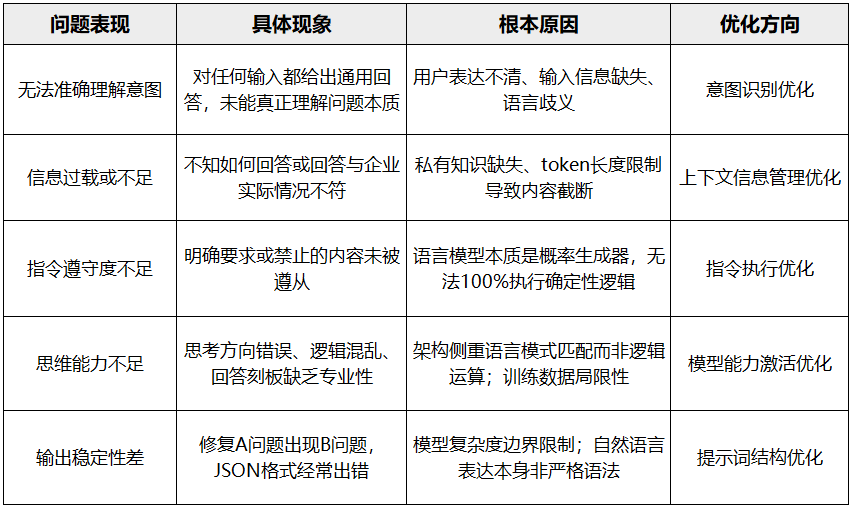
---
## 2. Intent Recognition Optimization
Accuracy in understanding the **request** and **motivation** is key — especially with incomplete or ambiguous input.

### 2.1 Missing Input Information
Common causes:
- Incomplete expression
- Typos / oversights
**Action**:
- Add auto-completion & correction logic in prompts
- Use **orthogonal examples** to cover multiple error types
**Example**:
- "Check next week’s price" → infer full intent: "Check ticket price for this flight next week."
- "New Yark" → correct to "New York"
---
### 2.2 Ambiguity in Language
Example: "Can you give me a discount?" could mean:
- Request for a special offer
- Asking about discount rules
- Dissatisfaction with price
**Solution**:
- Add a **multi-turn clarification mechanism**
- Use **counter-questions** based on:
- Unclear intent boundaries
- Missing tool parameters
- Unknown domain knowledge
**Confidence Scoring Framework**:
0–5 scale judging request clarity → guides whether to clarify or proceed.
---
## 3. Context Information Optimization
When intent clarity is low, provide **structured contextual data**:
- User profile
- Business/product knowledge
- Agent role & process background
**Identify missing context**:
1. Test task description with a newcomer
2. Analyze bad cases with the model — verify missing info
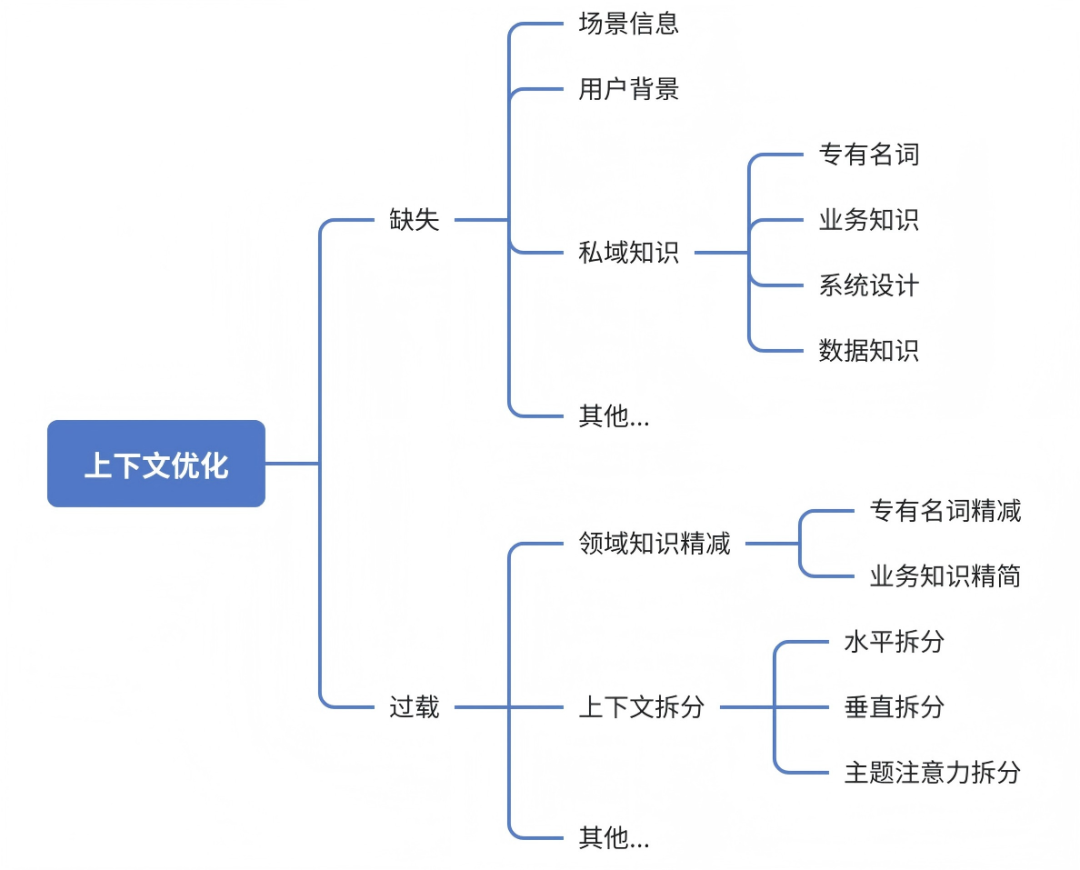
---
### 3.1 Domain Knowledge Simplification
**Steps**:
1. Extract key terms from bad cases
2. Test comprehension — remove terms the model already understands
3. Tier remaining terms (macro → meso → micro)
4. Consider keyword matching or dynamic recall

---
### 3.2 Context Splitting
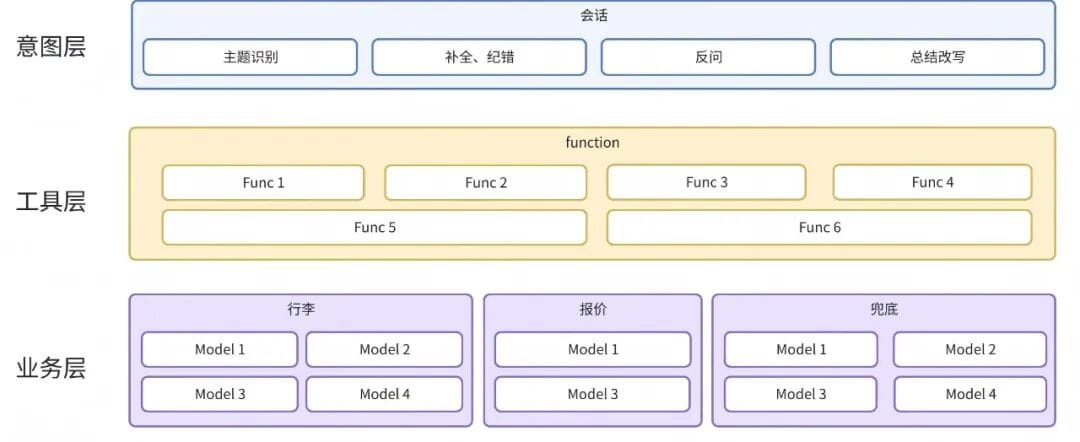
**Types**:
- **Horizontal splitting** → by process stage
- **Vertical splitting** → separate agents by business type
- **Topic-based splitting** → guide reasoning by topic
---
## 4. Instruction Execution Optimization
When models **ignore instructions** or **break formats**, activate optimization mechanisms.
### 4.1 Root Causes
- **Impossible Triangle**: Truth–Flexibility–Security
- SFT data quality issues
- CoT reasoning → decreased detail sensitivity
- Multiple constraints → lower compliance
---
### 4.2 Optimization Methods
#### 4.2.1 Logic Consistency Check
- Detect contradictions between requirements
- Ensure constraints are logical & feasible
#### 4.2.2 Complexity Simplification
- **Splitting & merging** tasks
- Reorder instructions linearly
- Use structured formats (Markdown)
#### 4.2.3 Special Rewriting
- Replace negative expressions with affirmative ones
- Mitigate false positive bias — activate critical thinking
#### 4.2.4 Hallucination Reduction
Four-layer constraints: Identity + Data Source + Thinking + Output
#### 4.2.5 Missed Instructions
- Use anchoring (numbering, formatting)
- Optimize order
- Set preconditions
- Use nearby examples
---
## 5. Model Capability Activation Optimization
### 5.1 Proactive Activation
Treat model as a "**collaborative employee**":
- Set clear goals & motivations
- Trigger proactive thinking via self-evaluation, peer review, bug search
### 5.2 Cognitive Activation
**Broad-domain linking**:
- Multi-field synthesis
- Forced analogies
- Concept fusion
- External thinking frameworks
**Deep-domain linking**:
- Clarify professional stance
- Use authoritative references
- Apply meta-thinking
- Continuous principle probing
---
## 6. Prompt Structure Optimization
Adjusting overall structure after detail tweaks can yield major gains.
**Types**:
- **Declarative** → set goals without steps
- **Procedural** → specify detailed execution
**Expression Structure**:
- Role, background, objective, constraints
- Procedural elements: Steps + Constraints + Requirements
**Output Structure**:
- Match integration needs (JSON, natural language)
- Flatten structure
- Keep goals focused
- Mark examples clearly
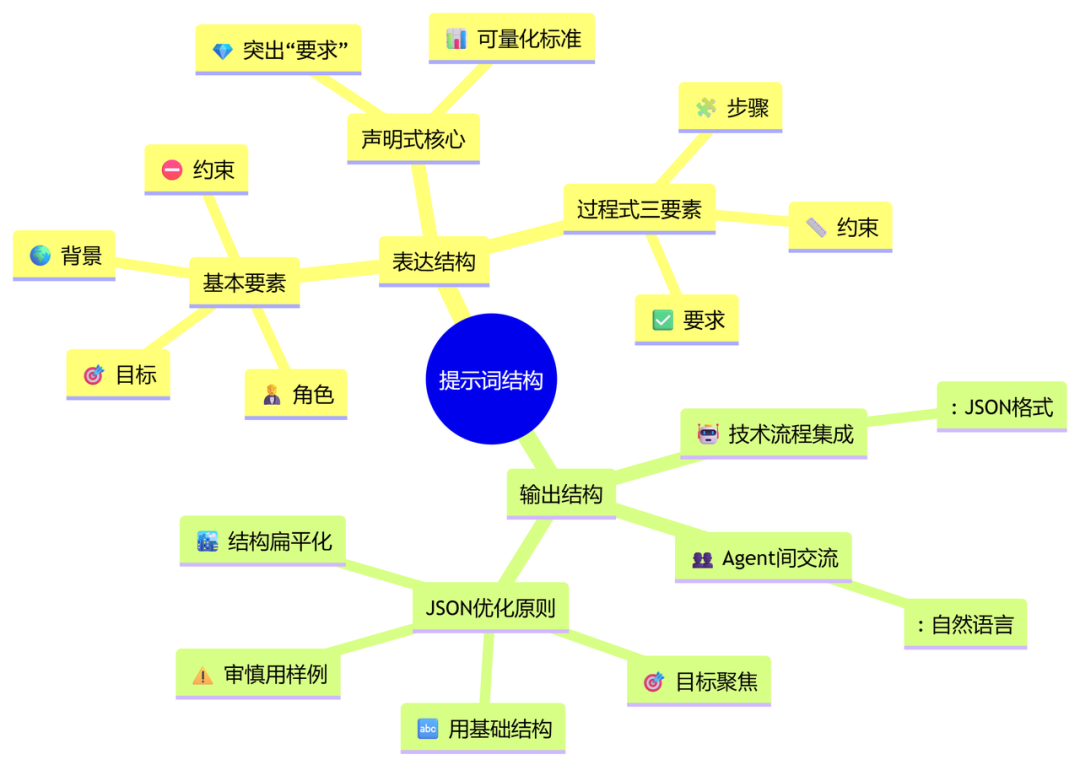
---
## Summary
Prompt optimization refines how you **express needs** to AI, balancing its limitations and strengths.
Combining:
1. **Intent recognition**
2. **Context enrichment**
3. **Instruction compliance**
4. **Capability activation**
5. **Structured design**
…yields clearer, more stable, monetizable outputs — especially when integrated into multi-platform publishing ecosystems like [AiToEarn官网](https://aitoearn.ai/).
---
**References**:
- [Read Original](2649281253)
- [Open in WeChat](https://wechat2rss.bestblogs.dev/link-proxy/?k=9bc107c4&r=1&u=https%3A%2F%2Fmp.weixin.qq.com%2Fs%3F__biz%3DMzA3NDcyMTQyNQ%3D%3D%26mid%3D2649281253%26idx%3D1%26sn%3D300d335527f970f69230a8b5e93849be)



